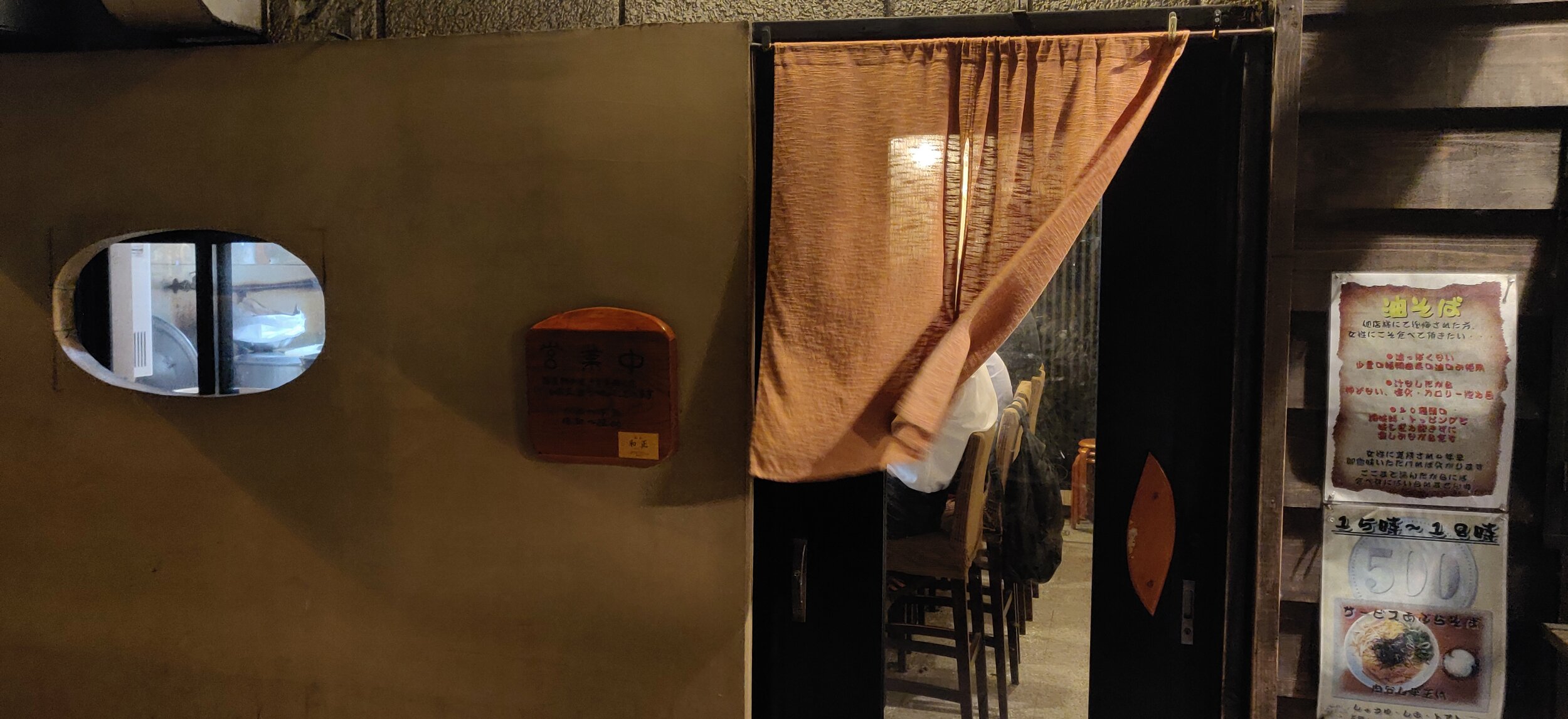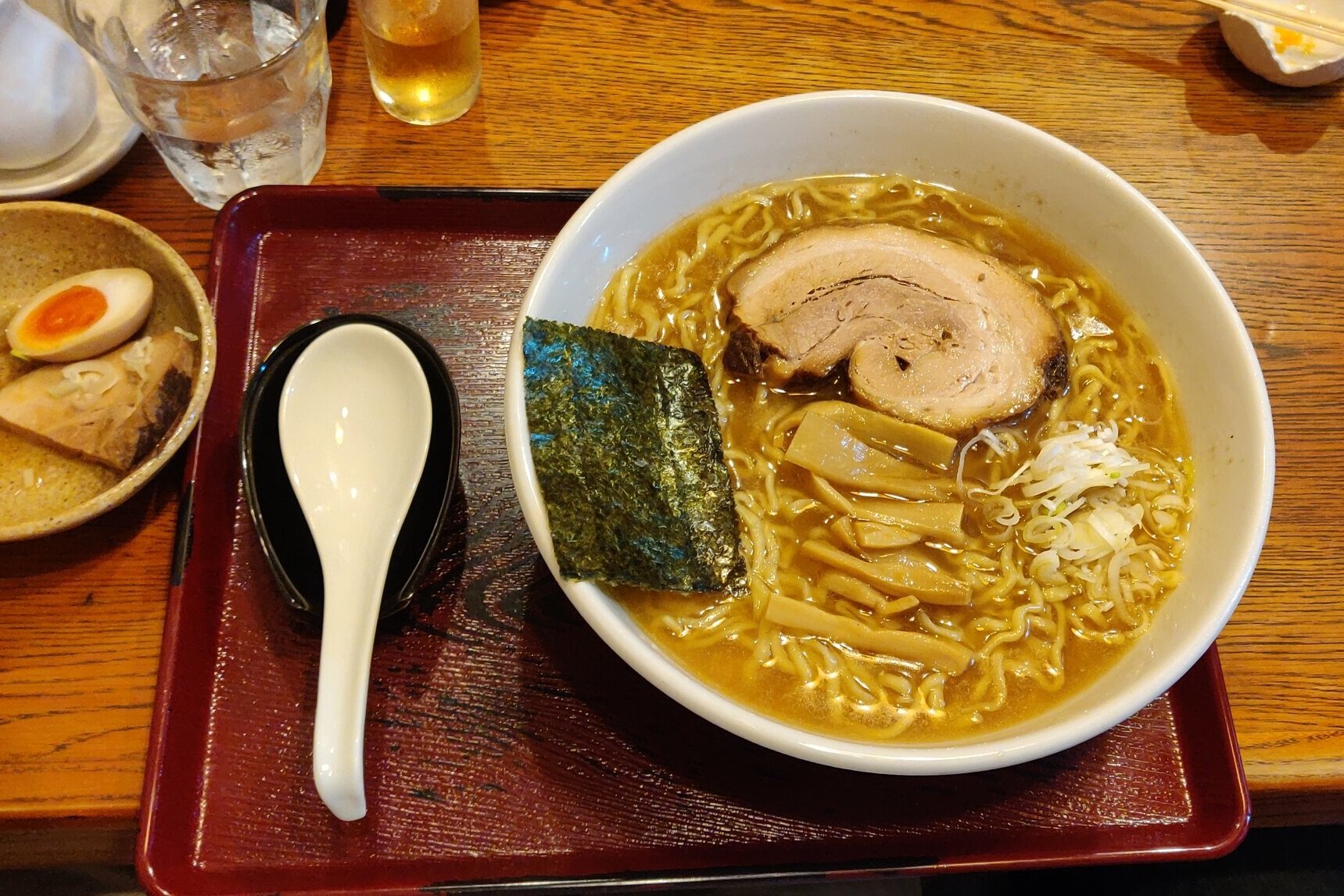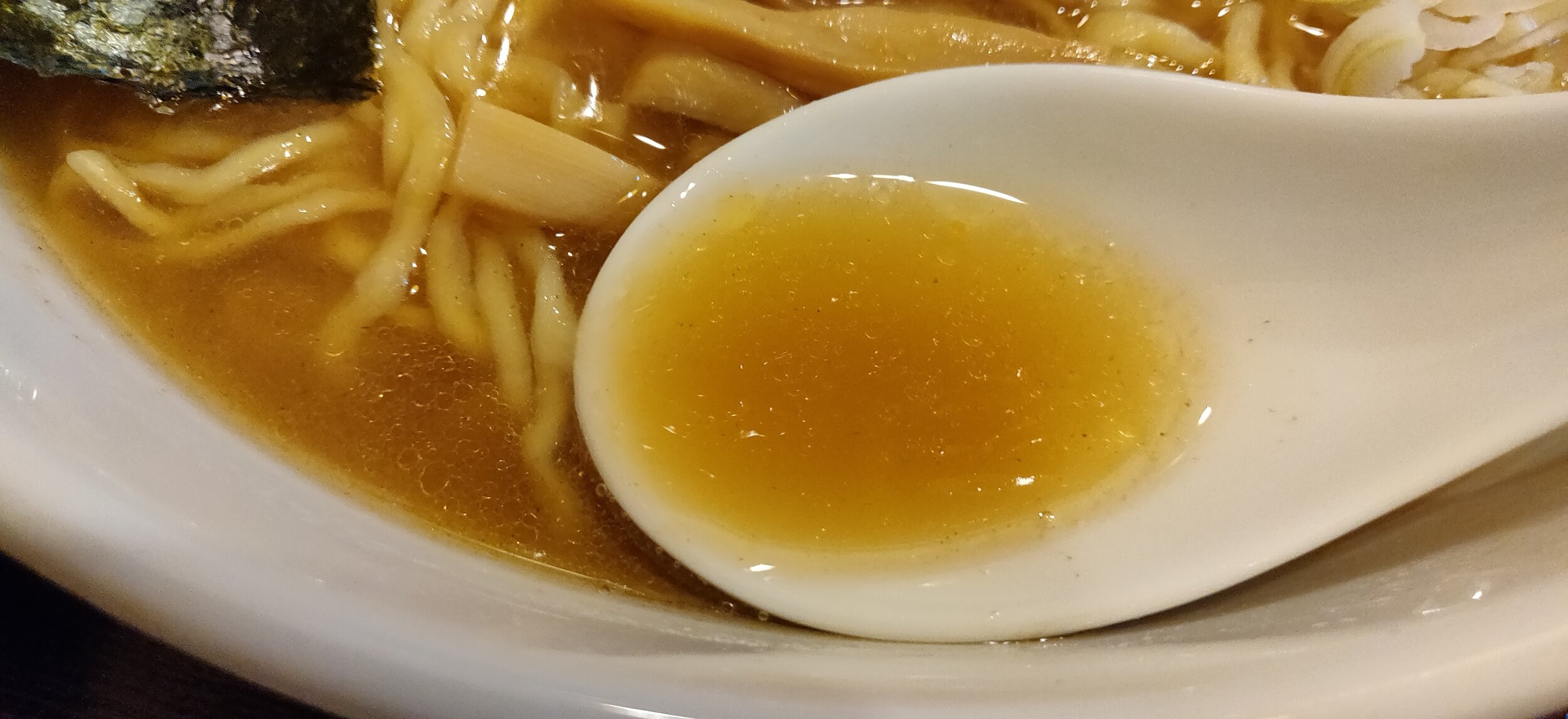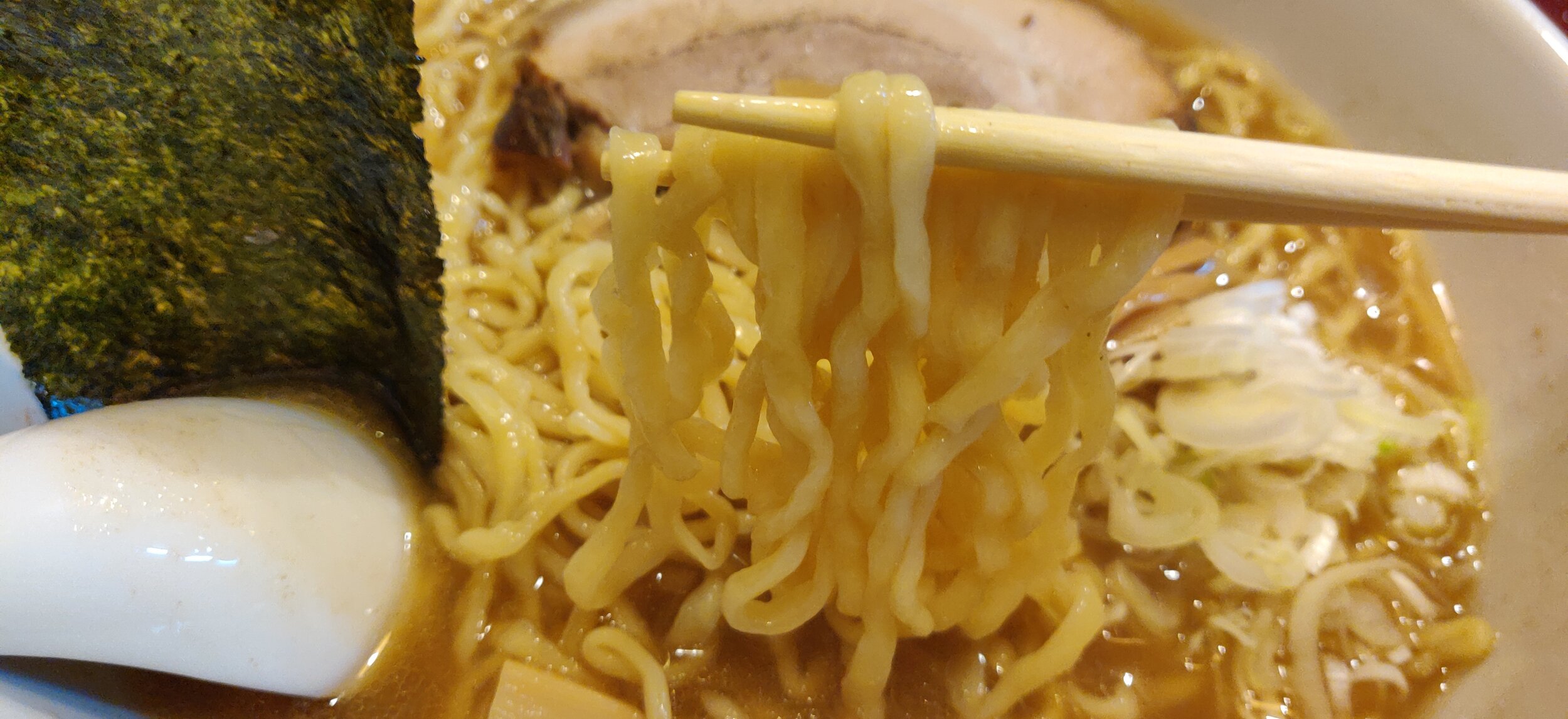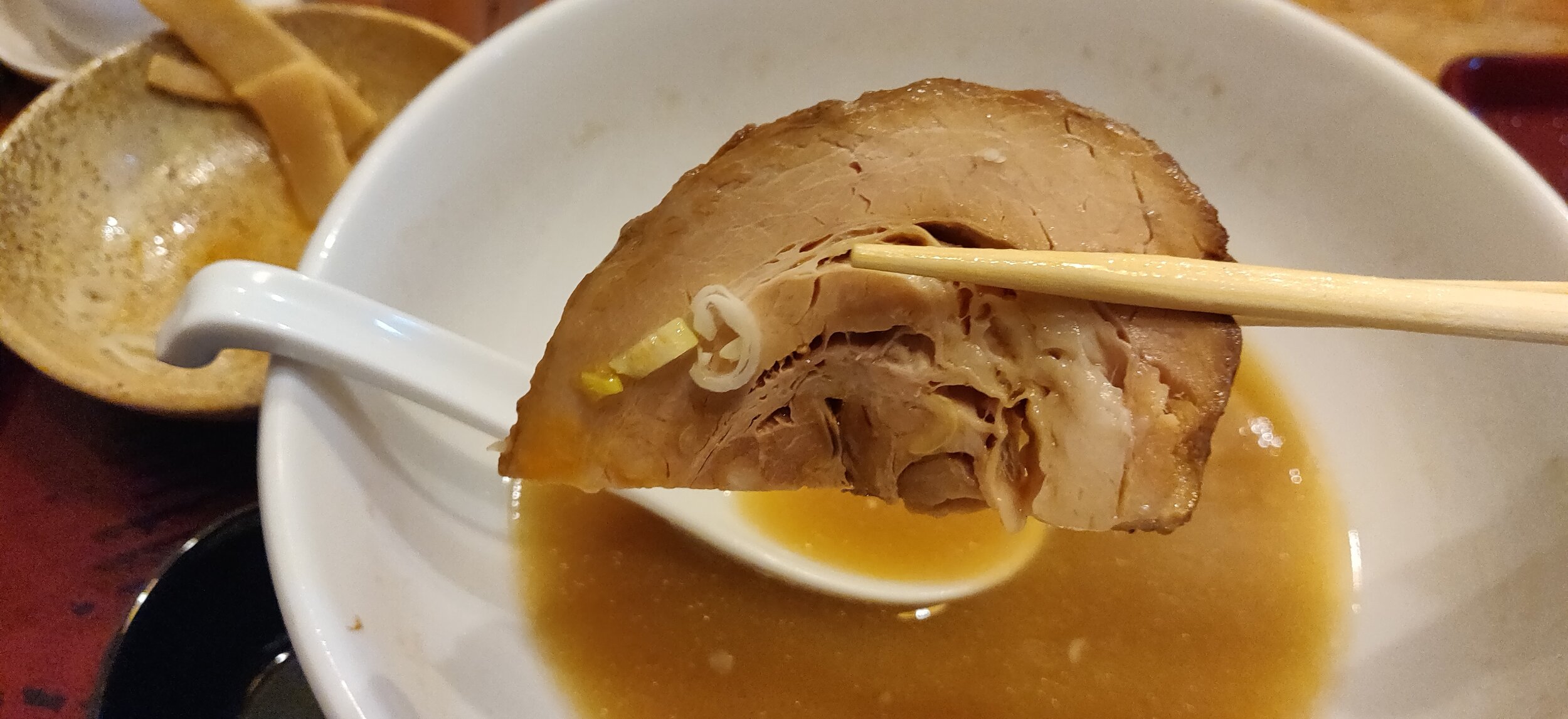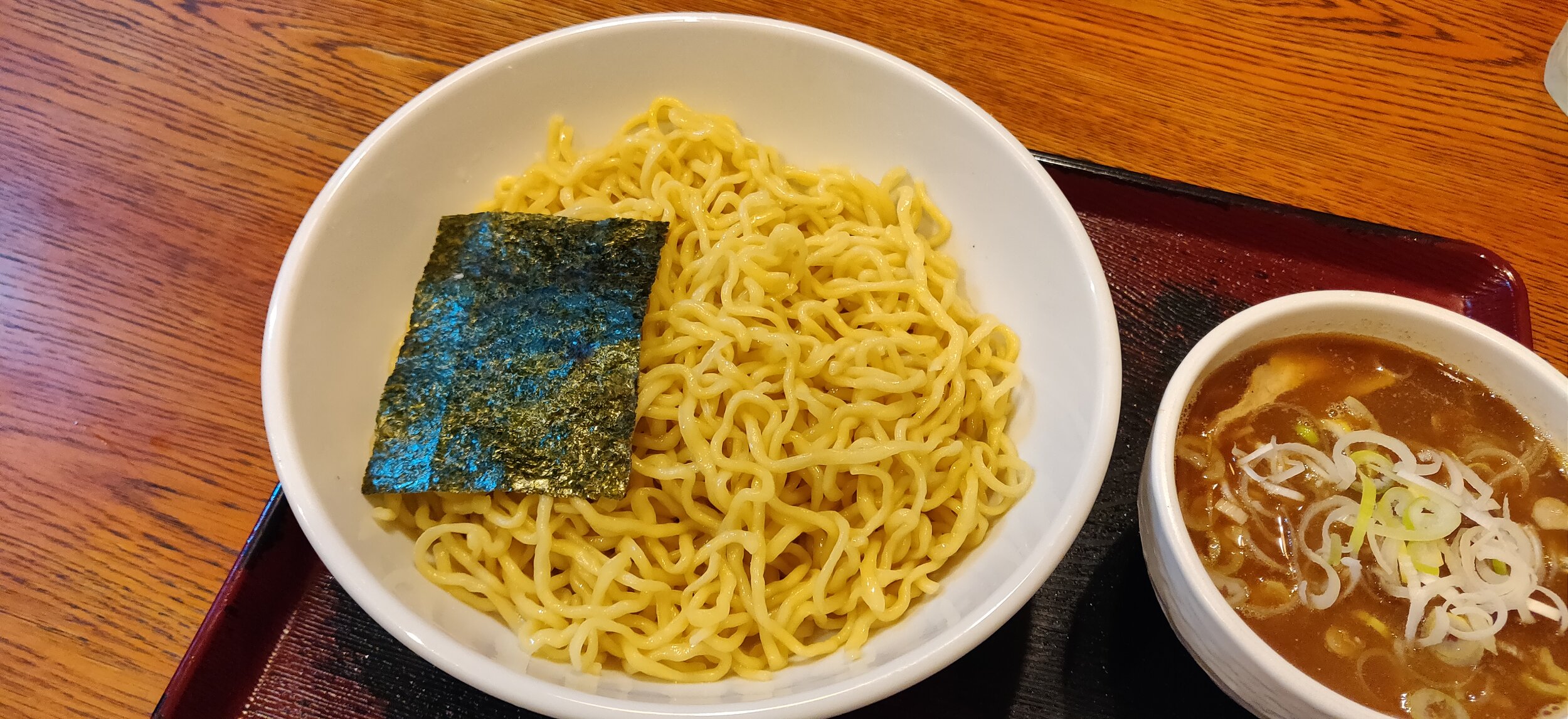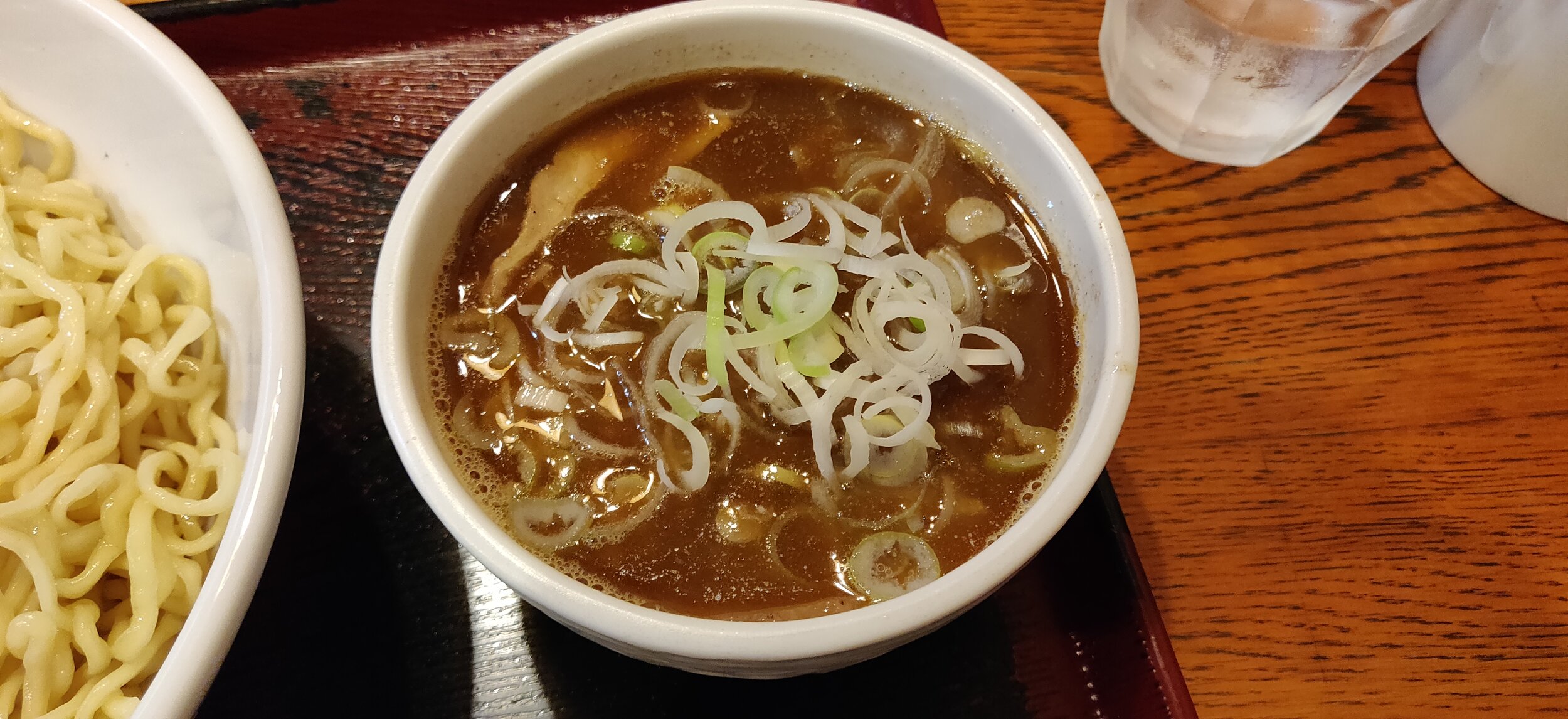Men Washo (めん 和正), Eifukucho Taishoken Disciple; Sangenjyaya, Tokyo
Back when I first started writing these ramen reviews and posting photos over on my Instagram, Men Washo was on my short list of about ten stores I absolutely had to hit up as it received so many rave reviews online. Adding to my interest was the fact that the owner had trained at Eifukucho Taishoken, which just so happened to be one of my childhood favorite ramen shops. I started my Instagram and this website in 2018 and it literally took me a year to finally cross this shop off my list. Most of it is my fault, but before I finally dined here, I unfortunately came when it was a day off, during the owner’s holiday trip, and a long hiatus while the owner recovered from a bad back injury. I almost certainly could have come here anytime between these failed attempts, but my previous apartment was a bit of a trek from this shop so I never made the trip. Now, after moving within 15 minutes of Sangenjyaya, I’ve had a bowl of their ramen five times and I know I’ll be back for more. The wait made the final moments when I finally got to enjoy their bowl that much better and hopefully I can convince you to give it a try as well.
Anyways, Men Washo is about a 5-10 minute walk from Sangenjyaya station. The queue wasn’t too bad the times I’ve visited, but I did go when it was either just opening or just closing so take that as you will. The shop has a counter along the kitchen that fits about six guests with a table in the back that can sit four. The staff will do their best to seat you as a group, but if you come in a group larger than four, expect to sit separately from your party. Menu is incredibly simple with just two ramen varieties and just a handful of toppings and beer. However, the menu was all in Japanese so I’ll translate them for you here. If you end up waiting outside in a queue, they’ll take your order before you come in, so might be best to figure out what you want beforehand so you have your order ready. Starting with the top row from right to left you have the Chuka Men (their rendition of the ramen) in three sizes of regular, Chu-mori (1.5 portions), and Oomori (2 portions). Following is the Tsukemen, again in regular, Chu-mori, and Oomori.
On the second row, starting from right to left is the Ajitama (marinated soft boiled egg, 味玉), Nori (dried seaweed, のり), Menma (bamboo shoots, メンマ), Char Siu (extra pork char siu, チャーシュー), Otsumami Santen Mori (three topping appetizer set with menma, char siu, and egg; おつまみ三点盛), and Beer (ビール). So I’ve literally had everything on the menu and you really can’t go wrong with either ramen choices. If it’s your first time, I think I would side towards the regular ramen, but if you have a strong preference for one style, go with that one.
For this review, I’ll just start with the appetizer set to tease you in, following up with the ramen then finishing with the tsukemen. So the best bang for your buck here, in terms of topping, is definitely the three topping appetizer set as you get a healthy portion of menma bamboo shoots, a soft boiled egg, and couple thick slices of pork char siu topped with Japanese green onion. The targeted audience for this dish is beer drinkers and it really does go well with a glass of ice cold beer. The beer at Men Washo comes in a tall bottle so the price is pretty good for the amount you’re getting. Coming in alone, you’ll get a decent buzz, but sharing with a friend might be best if you’re hitting up some bars afterwards. Anyways, the menma bamboo shoots are cleaned and marinated in their signature soy sauce based seasoning liquid which eliminates a bit of the funk that you typically get with raw menma. The parboil of the bamboo shoots ensures that it’s soft enough to chew through, but not so much that it takes away from the signature texture. A bit of chili oil is provided at the table and it pairs incredibly well with the menma to give it a spicy kick. The Ajitama soft boiled eggs have a white hue, but is soaked in a light soy sauce base to give it some saltiness and savoriness. The yolk is set and not runny which I actually prefer in an appetizer set as it would be a nightmare to have runny yolk all over my menma and pork char siu. I did save one half of my egg for the ramen and I’m not sure if the egg for the ramen is different from the egg here, but I’ll talk about what I thought paired with the soup later on in the review. Finally the generous cuts of pork char siu were a delight and I was very thankful for their generous serving size. Even though pork belly is used, and it is generally a softer cut, since it is served chilled, the texture remains in tact and the balance of fat and red meat is maintained throughout each bite. The thinly sliced scallions/Japanese green onions was a much needed addition as it counterbalanced the oiliness and fattiness of the pork to add some refreshing flavor profiles to each bite.
So first off, the regular ramen. A ton of ramen fanatics mention how closely Men Washo resembles Eifuku Taishoken, but many prefer Men Washo over Taishoken for a number of reasons. However, the influence of Taishoken can’t be disregarded and the biggest giveaway is definitely the size and portions. Taishoken is rather generous with their noodle portions and typically serve anywhere from 2 to 2.5 times more than typical restaurants. As you can see from the photo below, Men Washo takes on the same tradition and serves rather large portions. What you see in the photo is their regular serving size. I guess this would be a good time to mention that, unless you’re a voracious eater, I don’t recommend going higher in size for either the ramen or tsukemen. Next biggest Taishoken influence is the simplicity of the bowl. What you see is the regular bowl, no additional toppings, and it comes with just the soup, noodles, thick cut of pork char siu, a healthy handful of menma bamboo shoots, spoonful of scallions, and a slice of dried seaweed. Flavor wise, much like its inspiration, Men Washo uses a Niboshi and various animal bone broth for the base. A lighter shoyu soy sauce tare is then incorporated in to the broth with some flavoring oils. While Men Washo is brimming with Taishoken similarities, I think it stops here and a variety of reasons makes it stand out from it’s original counterpart.
Mainly, the animal stock is rather tame and Men Washo has a more powerful palate punch leaning towards the niboshi stock for flavor. The niboshi is present in full force, and you can really feel its presence in the soup with the hint of bitterness you get at the end as well as the aromas as the bowl is placed in front of you. However, the broth itself is quite clean and soothing, and one you could easily polish off to the last drop. The shoyu seasoning is just right in which it adds a nice level of saltiness that is soaked through the thin noodles, giving you a rather flavorful bite every time.
With every compliment I can shower Men Washo, I do have complaints, mainly in the noodles which are quite voluminous, but can sometimes have a rather strong flour flavor and is a bit overcooked to my liking. Personal bias speaking here, but I much rather have a bit of bite and structure to my noodles. Apart from the texture, the noodles itself does a great job of soaking up the delicious soup and making your slurps perfectly flavored. The pork char siu is a nice thick cut giving the bowl a meatiness to pair with the starchy noodles. As I mentioned earlier, I dumped half of my appetizer egg in to the bowl and it added a nice creaminess to the soup that I enjoyed. Was a tad overcooked to be in my ramen though and I think it might have been better to order the topping itself to get a better grasp of how it was intended to be served. I was overwhelmed with the amount of menma I received, in both my bowl and appetizer set, and I couldn’t finish it all, but my friends who joined me on this day gladly polished my plate off for me. Just sharing this little tidbit of my experience as a fair warning of the sheer amount of menma you receive, in case you end up dining here alone.
Now on to the Tsukemen which I personally enjoyed more than the ramen. I’m usually not the biggest fan of a thinner tsukemen like this one, in which the soup is runny compared to a thicker one you might receive from a place like an Itto. However, the dipping broth is not lacking in flavor as the condensed version of the ramen soup is brimming with incredible niboshi aromas and flavors while the oils coat the noodles for a fantastic savory slurp. The biggest problem I had with the ramen is addressed here in the Tsukemen and the fix was made as a result of the dish itself. Typically, for tsukemen, noodle are cooked al dente, so for me, the tsukemen at Men Washo had the perfect texture that I often seek. The warm noodles are then reheated as you dip them in to your hot, pipping soup and it results in a perfect condition for your bite.
Soup is amazing since it is a condensed version of the ramen soup. The tsukemen dipping broth is double the flavors, for better or worse. You get double the umami goodness, savory flavors, and salty seasoning of the soy sauce which honestly results in a better bowl for me. Some may find it to be a bit too much though as the soup can be rather salty. I will admit, the soup is way too much for me to drink on its own, but thankfully they have some soup wari (スープ割) which is some broth to help dilute the tsukemen soup so it is more easily palatable once you’re done with the noodles. Given that this exists, I personally feel that the tsukemen is the better option, but I know some people don’t like the dipping aspect and prefer ramen as is, so I’ll leave it to you which you should order.
One negative that results due to the sheer volume of noodles and the lukewarm state it is served, is that by the time you’re finishing up your bowl, the soup will cool down and you’ll be slurping down some not so hot ramen. Just a first world problem to be honest as its a rather privileged thing to complain about when you’re getting so much bang for your buck with its portion size. I forgot to take photos, but the tsukemen soup hides chunks of their pork char siu and menma bamboo shoots underneath the dark soup and handful of sliced Japanese green onions, so fear not, you’re not gonna miss out on those delicious topping goodness ordering the tsukemen.
All in all, Men Washo is a fantastic ramen shop and one that, after many failed attempts, I have grown to love. It has easily become one of my favorite go to shops and it has the added benefit of being located in an underrated drinking district of southern Tokyo. Not only do I recommend coming for Men Washo, but be sure to venture around the area for the plentiful bars and izakayas located near the station. I guarantee you’ll at least have a great evening here having drinks with your friends. If you do end up visiting Men Washo, let me know what you thought either in the comment section below or by tagging me on instagram @ramenguidejapan.
